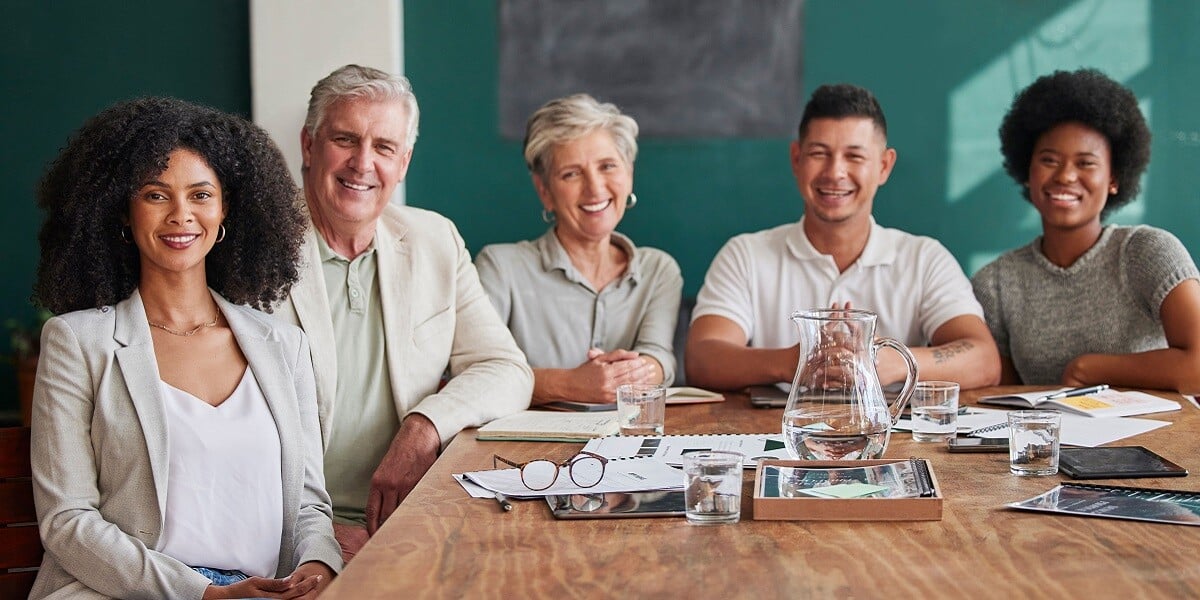Living in a homeowners association offers numerous benefits, such as shared amenities, maintenance services, and community regulations that contribute to an attractive living environment. However, disagreements and concerns regarding violations of HOA rules can arise among homeowners. When homeowners report perceived violations, it’s essential to understand the role and responsibilities of the HOA board in addressing these concerns.
The Role of the HOA Board
The HOA board plays a pivotal role in overseeing and enforcing the rules and regulations outlined in the community's governing documents, such as the Covenants, Conditions, and Restrictions (CC&Rs). While the board is responsible for ensuring compliance, it’s crucial to recognize that not every complaint may warrant the board's immediate involvement. Instead, the board must evaluate each reported violation on a case-by-case basis and determine the appropriate course of action.
Board Evaluation and Decision-Making
When a homeowner reports a violation, the first step is for the board to be notified promptly. This enables the board to become aware of the situation and initiate the evaluation process. The evaluation serves as a crucial step in determining whether the reported violation requires the board's direct intervention and decision making or if it falls under the purview of a neighbor-to-neighbor dispute.
During the evaluation process, the board considers various factors, including the severity of the violation, its impact on the community, and the governing documents' guidelines. While it’s essential for the HOA board to address concerns brought forward by homeowners, they must also maintain a balanced approach to avoid unnecessary involvement in personal disputes that do not significantly impact the community as a whole.
Example of a Violation Requiring Board Action: Unauthorized Structural Modification
One example of a violation that would typically require the HOA board to pursue action is an unauthorized architectural modification made by a homeowner. Let's say a homeowner decides to construct an additional room without obtaining the necessary permits or following the architectural guidelines outlined in the governing documents. This modification may be visible and have a significant impact on the aesthetics and structural integrity of the property.
In such a case, the HOA board would have a duty to address the violation. They would likely investigate the reported modification, gather evidence, and review the governing documents to assess the homeowner's compliance with the established rules and regulations. The board may consult with professionals, such as architects or engineers, to evaluate the structural impact of the unauthorized modification.
Upon determining that a violation has indeed occurred, the board would initiate the appropriate enforcement procedures. This may involve notifying the homeowner of the violation, issuing a formal warning, and providing a deadline for rectification.
Example of a Violation Not Requiring Board Action: Personal Landscaping Preferences
An example of a violation that the HOA board would likely not be required to pursue involves personal landscaping preferences of homeowners. Let's say a homeowner decides to install a particular type of flower bed or plant species that’s not explicitly prohibited in the governing documents but may deviate from the general landscaping guidelines established by the HOA.
In this scenario, while some neighbors may find the homeowner's landscaping choice unconventional or not in line with their own preferences, it would not necessarily be a violation that the board is obligated to pursue. Personal landscaping preferences often fall under the realm of individual homeowner autonomy, if they do not infringe upon specific regulations outlined in the governing documents.
The board's role in such cases would be to assess whether the homeowner's landscaping choices are compliant with any applicable rules and restrictions, such as height limitations, visibility restrictions, or restrictions on certain plant species due to environmental concerns or invasive tendencies. If the homeowner's landscaping is in accordance with the governing documents, even if it deviates from the community's overall landscaping aesthetic, the board would typically not be required to act.
However, it’s worth noting that if the homeowner's landscaping poses a safety hazard, violates local ordinances or regulations, or significantly impacts neighboring properties (such as encroaching on common areas or obstructing pathways), the board may need to intervene to ensure the well-being and harmony of the community.
In instances where personal landscaping preferences are not explicitly addressed in the governing documents, the board may choose to address the concerns through community-wide discussions or by updating the rules and guidelines to provide clearer direction on acceptable landscaping practices. This approach allows the community to adapt and evolve while maintaining the overall vision and standards of the HOA.
Consistency in Enforcement
Consistency in enforcing the governing documents is crucial within an HOA community. When evaluating reported violations, the board must strive to apply rules and regulations fairly and equally to all homeowners. By doing so, the board ensures a harmonious living environment and promotes a sense of fairness among residents.
While consistency is a fundamental principle, it’s important to acknowledge that certain situations may warrant different considerations. Each violation and its surrounding circumstances may require the board to evaluate additional factors before deciding. This flexibility allows the board to maintain a balanced approach when addressing reported violations.
An HOA board is responsible for overseeing and enforcing the rules and regulations established within the community's governing documents. However, not every violation reported by homeowners will require the board's direct involvement. The board must evaluate each complaint on a case-by-case basis, considering the severity of the violation, its impact on the community, and the governing documents' guidelines.
While consistency in enforcement is crucial, the board may need to consider additional factors that may influence their decision-making process.
Ultimately, open communication between homeowners and the board is key to resolving concerns and maintaining a harmonious community. By understanding the roles, responsibilities, and limitations of the board, homeowners can actively participate in the effective management of their HOA and contribute to a thriving living environment.
If you have concerns about a violation within your HOA, it’s important to follow the proper channels and communicate with the board. Together, homeowners and the board can work towards a resolution that upholds the integrity of the community and ensures a pleasant living experience for all.










